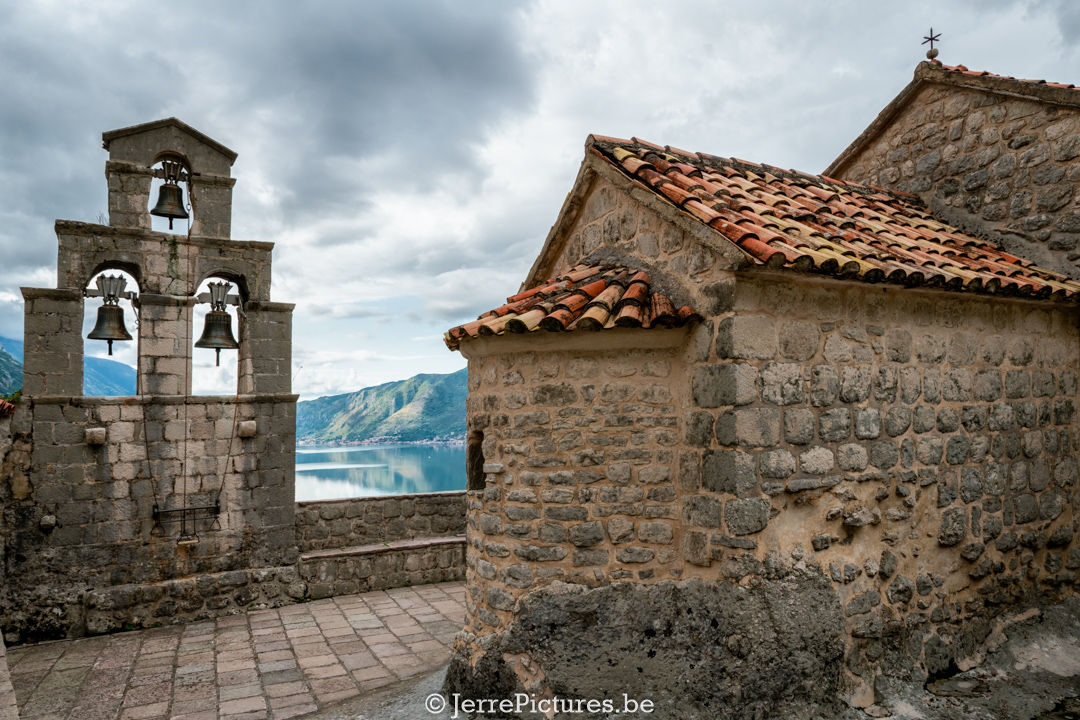 In my quest for unique travel destinations, I stumbled upon a quaint little church while browsing through digital cartographic maps. Situated at a strategic point (read my Previous Post), the Saint George Church promised not only architectural beauty but also breathtaking views. My intuition was right: this place proved to be a true discovery. However, what I didn’t immediately realize was that this church harbors a deeper historical significance.
In my quest for unique travel destinations, I stumbled upon a quaint little church while browsing through digital cartographic maps. Situated at a strategic point (read my Previous Post), the Saint George Church promised not only architectural beauty but also breathtaking views. My intuition was right: this place proved to be a true discovery. However, what I didn’t immediately realize was that this church harbors a deeper historical significance.
A Statue with a Story The history of Saint George Church is both rich and fascinating. It all began in 1452 when a statue of Madonna and Child was found on a nearby rock in the sea. This statue is not just any sculpture; it is a symbol of hope and faith, preserved within the church to this day. Following the discovery, construction began on what is now Saint George Church, serving as a sanctuary to house the statue and to allow the finders to express their gratitude to the Virgin Mary.
Oppression and Revival The celebration surrounding this holy statue, once an integral part of the local culture, was abruptly halted in 1946. Under the communist regime of the time, the open celebration of religious holidays was banned, heavily impacting the community that lived around the church. Despite this, the church has withstood the test of time and continues to be an important symbol of the region’s cultural and spiritual heritage.
Significance Today Today, Saint George Church attracts visitors from around the world, not only for its historical value but also for its serene beauty and the spiritual solace it offers. Visitors and overlanders find a place of peace and reflection in the church and its surroundings, far from the hustle and bustle of modern life.
A Call for Connection The story of Saint George Church became clearer to me through the work of Aleksandra Mirković, a B.Sc. ethnologist-anthropologist, whose article helped me understand the deeper layers of this place. It would be wonderful to personally connect with her to learn more about the cultural context of this unique location. I’ve put in a great deal of effort to translate her post, which might not be relevant, but you can find the summary further down in the post.Here is te link to the original post in her language:
Saint George Church is more than just a building; it is a repository of stories and traditions that embody the essence of this part of Montenegro. It appeals to both history enthusiasts and modern adventurers, inviting them to explore the deeper meanings behind its stone façade.
Visit by camper?
Visiting Saint George Church by camper is limited due to the steep incline and narrow roads, which may not be suitable for all camper vehicles. Please ensure your vehicle can handle such conditions before attempting the drive.
